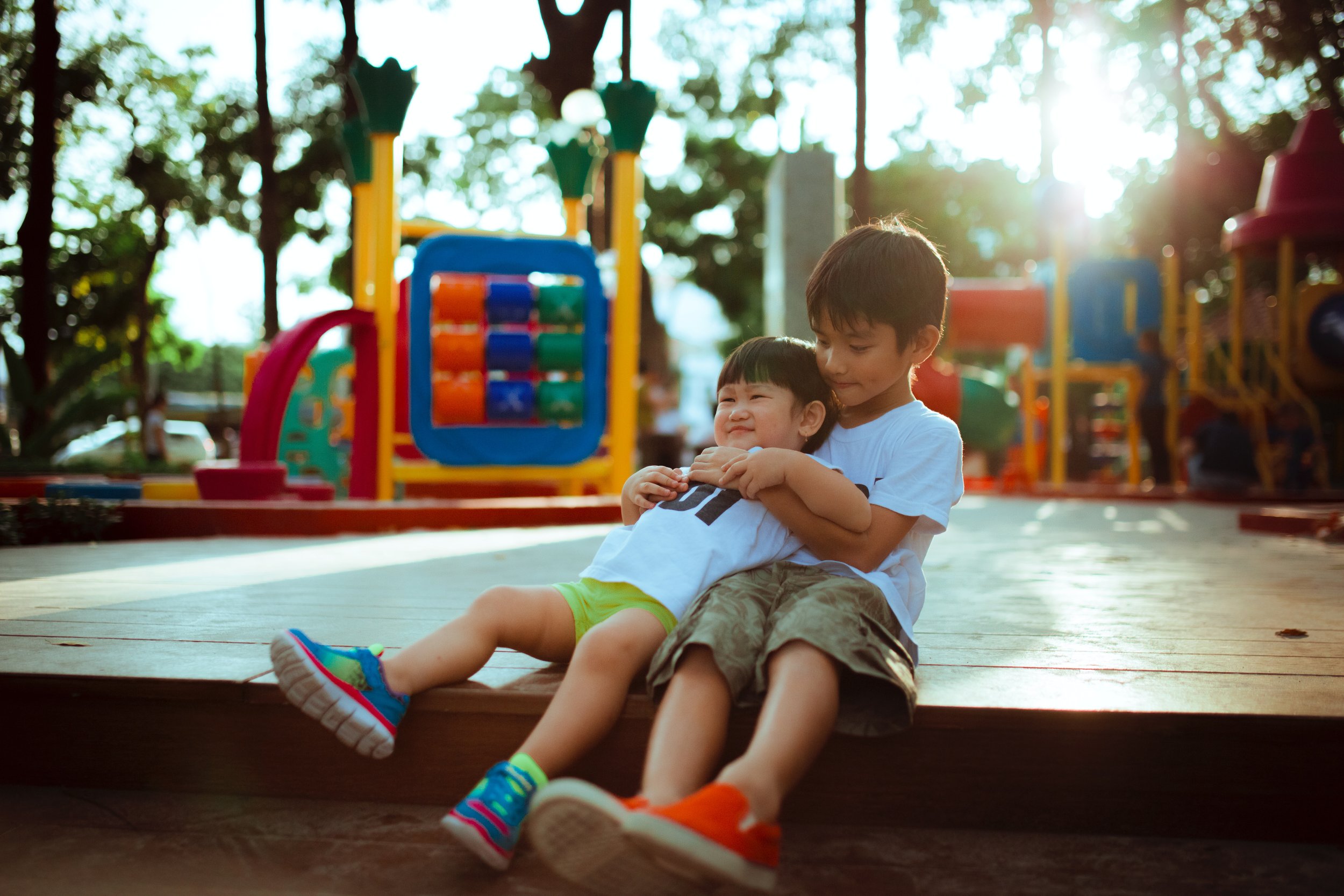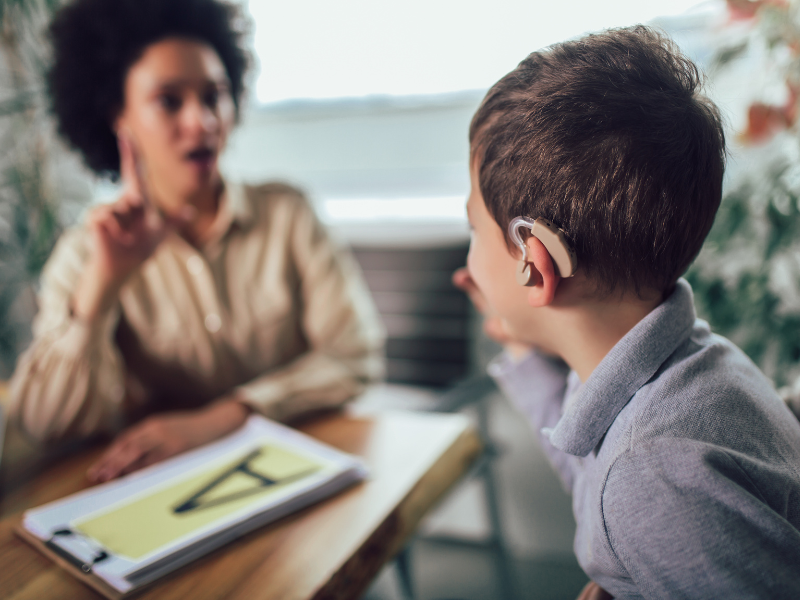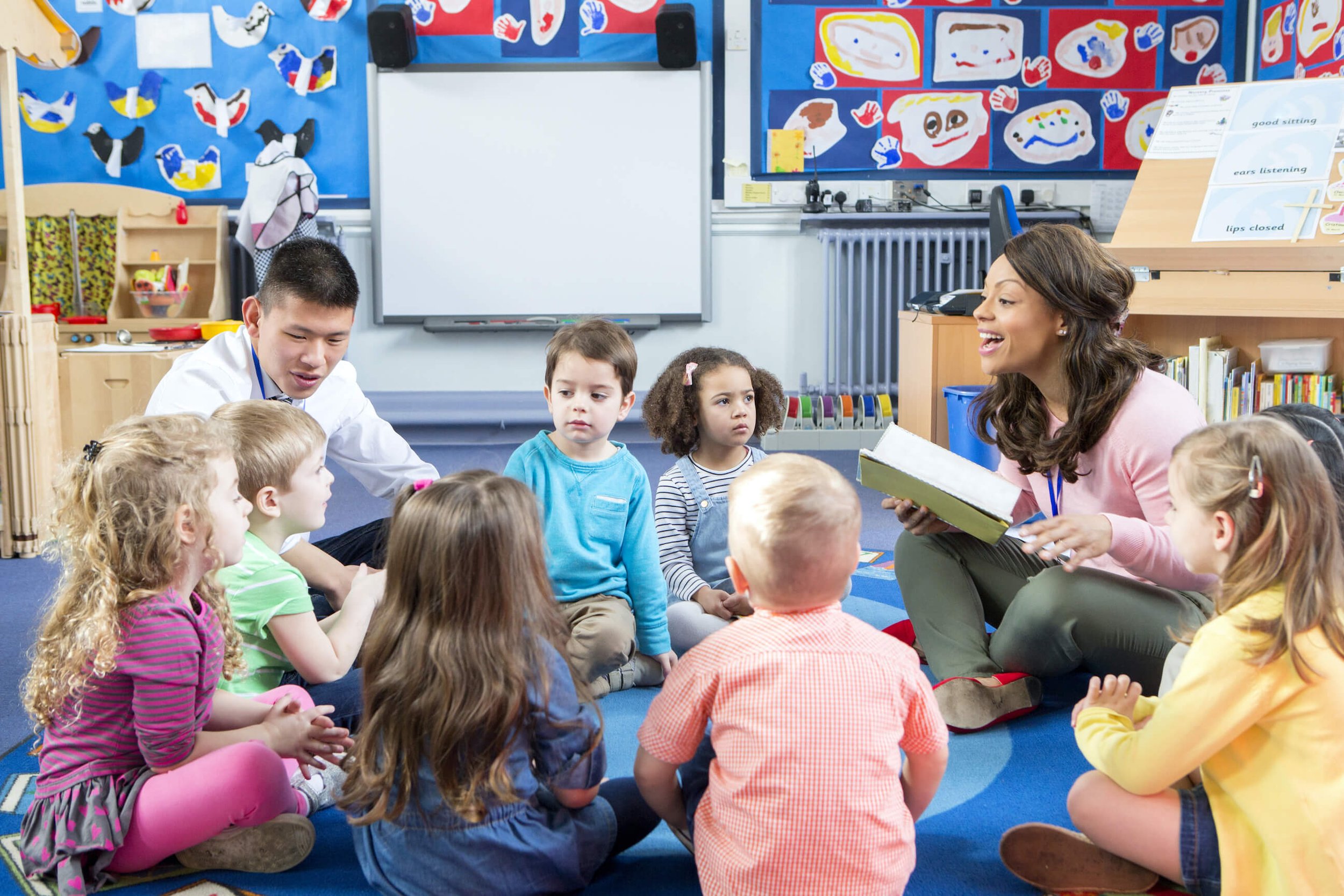Now You’re Talking
Speaking more than one language

More children in the world grow up multilingual than monolingual.
Having more than one language - including British Sign Language (BSL) - should be celebrated, promoted and supported.
Multilingualism stimulates brain development and helps children learn because they can think about their ideas in two (or more) languages — read more about the benefits of multilingualism at the National Literacy Trust.
About BEYN
Some children are bilingual or multilingual from birth, and some will be at an early stage of learning English. A child may have been born in Birmingham but may have limited exposure to English. Other children may come to Birmingham from another country where English is not the mother tongue.
Over a third of children in Birmingham Early Years Settings are learning English as an Additional Language (Early Years Foundation Stage Data Profile, 2019, Birmingham City Council).
For some children, British Sign Language (BSL) or Makaton may be their first language or the main language they use to communicate with family or in school.

Supporting Multilingualism at Home
Speaking more than one language comes naturally to babies, whose brains are wired for all language.
A child who develops good use of their home language (sometimes also called their mother language) is more likely to develop good English.
At a very young age, a child learns to distinguish and develop the differences between languages used with them and around them (National Literacy Trust)
Families are encouraged to continue to use their home languages. This is essential to children’s social, emotional, and communication development.

Supporting multilingualism in the setting
Practitioners and professionals working with learners whose first language is not English should develop a good understanding of the child's linguistic and cultural background when they enter a nursery or school and work collaboratively with families. (National Literacy Trust)
What practitioners can do:
Welcome children and parents in their home language.
Use ‘google translate ‘ to support communication.
Give children opportunities to talk to other children in their home languages.
Use pictures and symbols (Makaton) to support communication.
Give children opportunities to hear English.
Introduce new words and phrases that have meaning to the child.
Play games, sing songs and tell stories.
Ask parents and relatives to come and tell stories in their home language.

British Sign Language (BSL)
British Sign Language or BSL is a language used in the UK and can be the first preferred language for people in the Deaf Community or those with a hearing impairment.
It is a visual communication system using gestures, facial movement, and body language.
Sign Bilingualism means children learn two languages at once, one usually being BSL (National Deaf Children’s Society)

Makaton
Makaton uses spoken language with signs (gestures) and symbols (pictures) to help people communicate. It also uses facial expression, eye contact, and body language to communicate as much information as possible.
“Over 100,000 children and adults use Makaton symbols and signs, either as their main method of communication or as a way to support speech.” (The Makaton Charity)
Makaton can help all children and adults but is especially useful for those with communication or learning needs. It can also help children learning English as an additional language. Makaton is increasingly being more widely used to support communication.
The Makaton Charity website provides resources and additional information for parents and practitioners.
Further reading
Further information and reading about multilingualism
This article by Early Education Associate Anni McTavish explores the term “cultural capital”, and what it might mean for early years practitioners and their settings.
A presentation and briefing paper from Nabiah Sohail, Clinical Lead Speech and Language Therapist, and Jersey Child Care Trust on supporting bilingual families
The benefits of speaking more than one language at home, with tips, from the BBC’s Tiny Happy People
Government advice for early years practitioners on supporting children who have an additional language


